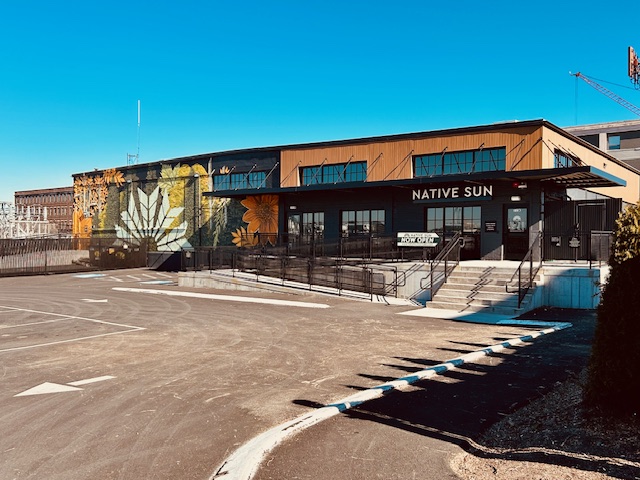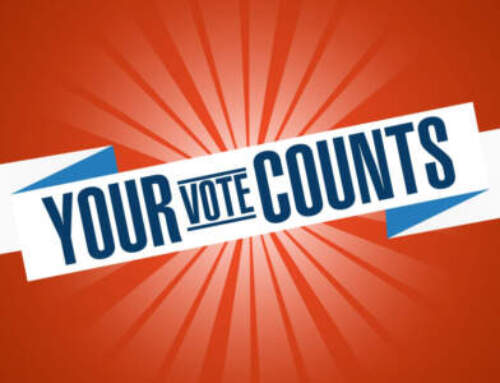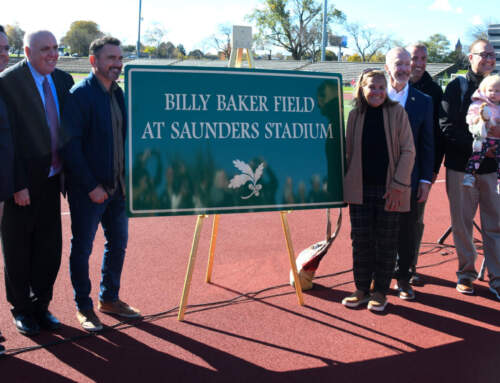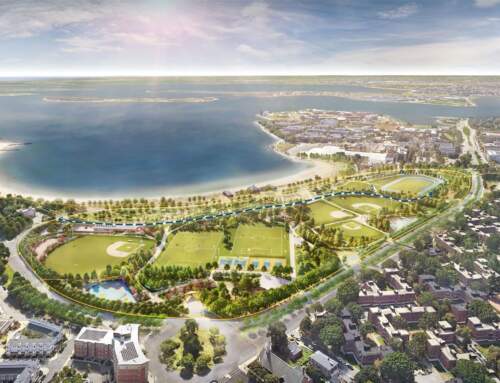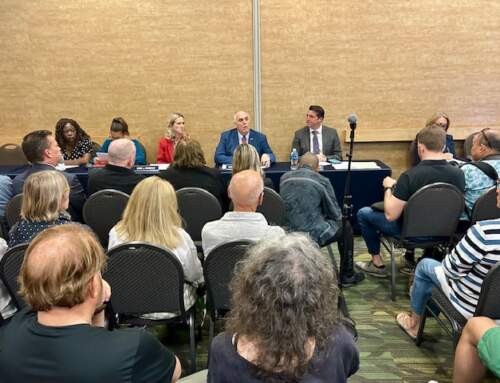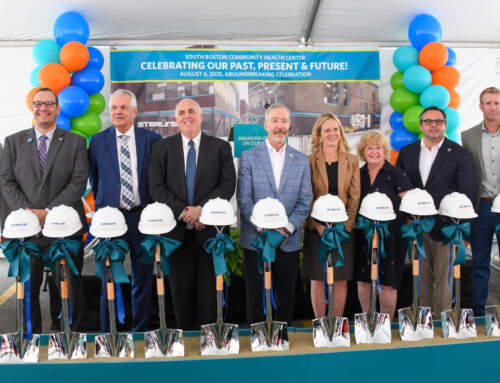Recently, South Boston Online read in Boston’s media that a move was afoot to reduce – or perhaps even eliminate – the buffer zone between authorized shops legally allowed to sell “cannabis”, which is actually “marijuana”. This buffer zone is supposed to measure at least one-half (0.5) mile between any and all such shops.
Several more variances from this restriction have been requested from City of Boston authorities by potential vendors. We were told that around the Downtown area, the City of Boston has allowed three such variances.
Perhaps a few facts should come next:
Cannabinoids are a large (over 100) family of hemp plants, one of which contains THC.
CBD is “cannabidiol”, which is sometimes confused with THC. CBD comes from other, low-THC hemp plants and has a gentle, tranquilizing effect.
THC stands for “tetrahydrocannabinol”, the active ingredient in cannabis, a.k.a. marijuana and “pot”.
THC is the ingredient that gives its user the well-known marijuana “high”. In addition to smoking pot, THC can be ingested in oils, capsules, tinctures, various drinks, and edibles like candy. And there’s increasing evidence that ‘highs” can be psychologically dangerous, by causing mental difficulties such as schizophrenia for instance. Frequent users can become dependent on the quite powerful THC “highs”.
This brief commentary deals only with THC and the businesses that sell cannabis/marijuana, which is illegal at the Federal level but was voted to be legal within the Commonwealth of Massachusetts several years ago.
Late last week, District 2 City Councilor Ed Flynn met with South Boston Online, shortly after he publicly condemned the move to eliminate the half-mile buffer requirement on pot shops. Flynn represents most of South Boston and parts of Downtown, Chinatown, Back Bay, and the South End. According to him, 30 of the 53 allowable cannabis/marijuana shop approvals in Boston have already been issued. The marketplace is getting very crowded – perhaps even saturated. Flynn expressed his doubts about whether (or not), more cannabis shops are economically viable.
Flynn also brought up two specific complaints. First, cannabis/marijuana is being publicly used outside of many existing shops, which is not allowed; second, a few shops have already been opened at less than the half-mile buffer limits. There have been constant complaints about cannabis use in the parking lot around South Boston’s lone cannabis shop on K and First. Three shops in the center of Boston’s Downtown/Back Bay areas already violate the half-mile buffer requirement. Flynn feels that City Hall has not respected the residents of these neighborhoods. And he feels strongly – very strongly – that the existing half-mile buffer requirements must be enforced, before any more cannabis/marijuana establishments can be licensed and opened.
Years ago, as far back as the 1960s, the THC content in cannabis/marijuana was around 2.5%. Now it has escalated to 12.5% or more – at least a five-fold increase. It’s much more powerful. Has it now become harmful to your health as well? Furthermore, while cannabis/marijuana may not truly be “addictive”, it is extremely habit-forming. This dependency is very hard to give up. Many experts feel marijuana/cannabis usage can lead to the use of stronger, highly addictive drugs, all of which are illegal (and which all too often cause fatal overdoses).

